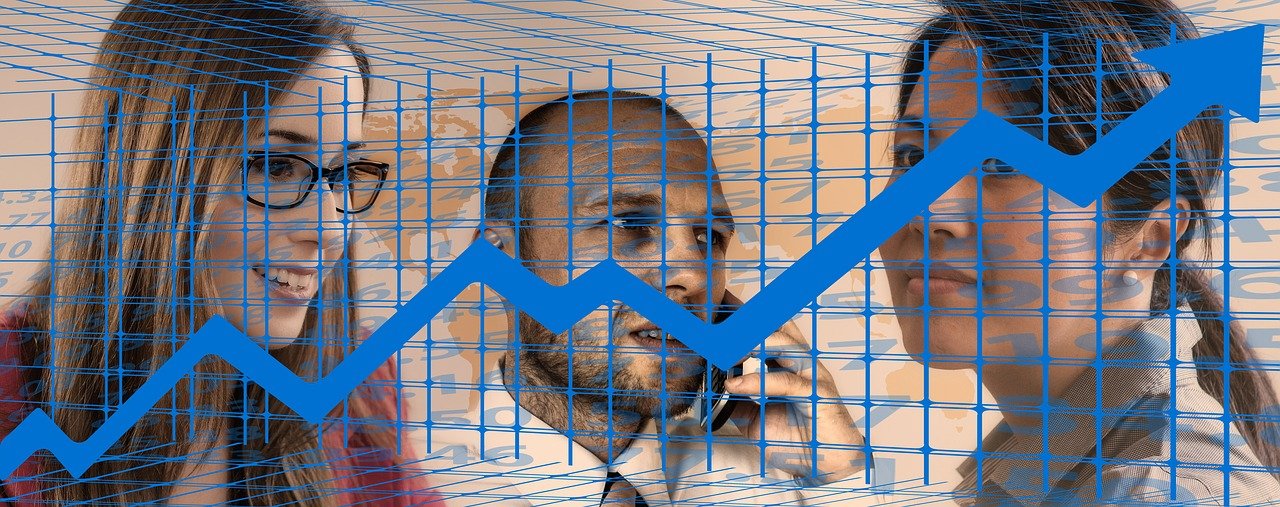Sharp days of volatility, like the ones lately rocking markets, can create big winners and losers on Wall Street.
But the year’s wild swings also have dramatically repriced financial assets, pushed yields higher on corporate bonds and created more cover for a swath of investors if earnings fizzle or a recession hits.
“Fixed-income is back in vogue,” said Michael Kirkpatrick, senior portfolio manager at Seix Investment Advisors, in an interview with MarketWatch. “You can be invested in fixed-income again.”
Investors have been reeling from a historically bad stretch for bonds, but also the misery of the S&P 500’s SPX, +0.64% roughly 22% decline on the year through Thursday. Lately, however, debt issued by many companies in the index has begun to offer some of the highest sustained yields on record, outside of prior U.S. recessions.
“You really have to go back before the financial crisis to get yields in this neighborhood,” said Matt Daly, head of corporate and municipal teams at Conning, about investment-grade corporate bonds.
Yields at 6%-9%
It’s hard to talk about financial markets this year without pointing to the key role that volatility in the benchmark 10-year Treasury TMUBMUSD10Y, 4.165% rate has played in the tumult.
Yields in the rest of the bond market also have increased, creating a big blow to bond returns and a sticker shock to households and companies looking to obtain financing.
That could be a good signal for the Fed racing to tame inflation. Lately though, investors also have begun hoping the Treasury rate’s jump above 4% might reflect a peak range, and that it could hasten the end of this Fed tightening cycle before the economy tanks.
See: Why stock market investors should wait for the 10-year Treasury to ‘blink’
A look at corporate bonds in the modern era, or since the late 1990s, shows that yields rarely have been this high (see chart) outside of a recession.
U.S. corporate bond yields hit highs rarely seen outside of recession.
St. Louis Federal Reserve, ICE Data Indices
The investment-grade ICE BofA US Corporate Index (green, above) pegged yields at about 6% in October, the highest since 2009. “That’s definitely gotten the attention of certain accounts,” said Blair Shwedo, head of investment-grade corporate bond trading at U.S. Bank. “One benefit of the current environment, for secondary trading in corporate bonds, is that yields do have some appeal after years of being essentially near zero.”
A companion high-yield, or “junk bond,” index (blue), recently rose to a 9.5% yield after the U.K. pension crisis spilled over into U.S. assets. The selloff returned U.S. junk bonds to yields seen in 2020 when credit markets froze at the onset of the COVID crisis, until the Federal Reserve fired off a bazooka of pandemic support to aid markets.
As a result of volatility and higher costs, companies looking to tap the U.S. bond market for funding have been less eager to do so in September and October, typically a busy stretch before the year-end holidays. Or, they hit the market for funding and paid up.
Cruise operator Carnival Corp. CCL, +7.80% sold $2 billion of high-yield bonds on Tuesday that paid a yield of 10.75% to investors, according to the Financial Times.
Seix’s Kirkpatrick, an investor in high-yield bonds, said there still has been a fairly decent bid for higher-quality junk bonds, despite recent turmoil and as U.S. inflation data has shown little progress in retreating from a 40-year high.
But he also thinks the strong rally across financial markets this summer could provide a playbook for what happens when the 10-year rate eventually stabilizes for good, and the Fed stops raising its policy rate.
“At some point, rates will go too high, and come back down,” Kirkpatrick said.
10-year peak?
Collin Martin, a fixed-income strategist at the Schwab Center for Financial Research, said he’s in the camp that thinks that the 10-year Treasury rate might be near a peak.
“It could move a bit higher from here,” Martin told MarketWatch. “But in the grand scheme of things it probably is close to its upside.”
Read: Vanguard ‘not confident’ U.S. Treasury rates have peaked after painful bond-market losses. Why ‘risk-reward profiles’ still appear more attractive across fixed income
Investors also tend to romanticize the stretch before the 2007-’08 global financial crisis when yields hit 5%, he said. “That was for a short period of time, not a perfect environment for years where you could get that kind of yield.”
Individuals often gain exposure to U.S. corporate bonds through fixed-income funds and exchange-traded funds. The biggest ETF for investment grade corporate bonds is the iShares iBoxx $ Investment Grade Corporate Bond ETF LQD, -0.09%, while the two major junk-bond ETFs are iShares iBoxx $ High Yield Corporate Bond ETF HYG, +0.39% and JNK, +0.30% SPDR Bloomberg High Yield Bond ETF.
Daly at Conning said, “there’s no shortage of risks out there” in 2022, but that he also sees an opportunity to take “a good calculated risk” in investment-grade corporate bonds at recent higher yields, even with rate volatility and with continuing energy and geopolitical risks from Russia’s war in Ukraine.
“But we are coming in from a position of strength, barring a deep recession,” Daly said of corporate balance sheets. “A vast majority of companies can weather it, at least those that are investment-grade.”
See: Stocks are attempting a bounce as earnings season begins. Here’s what it will take for the gains to stick.

